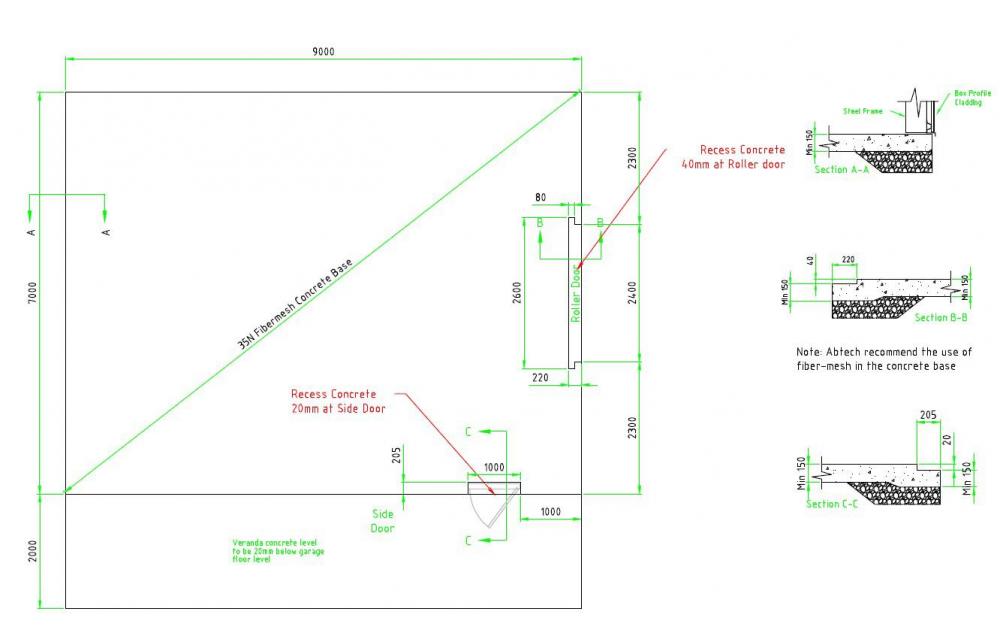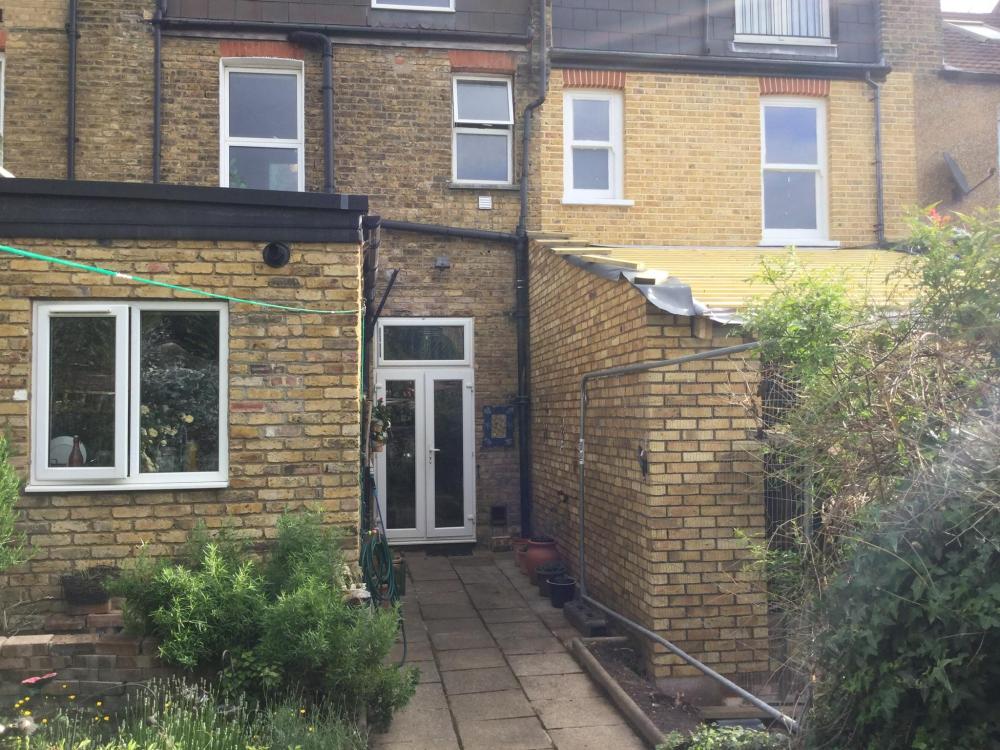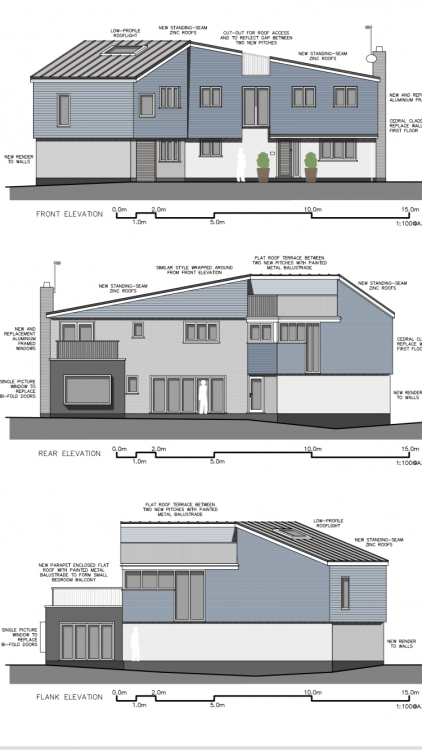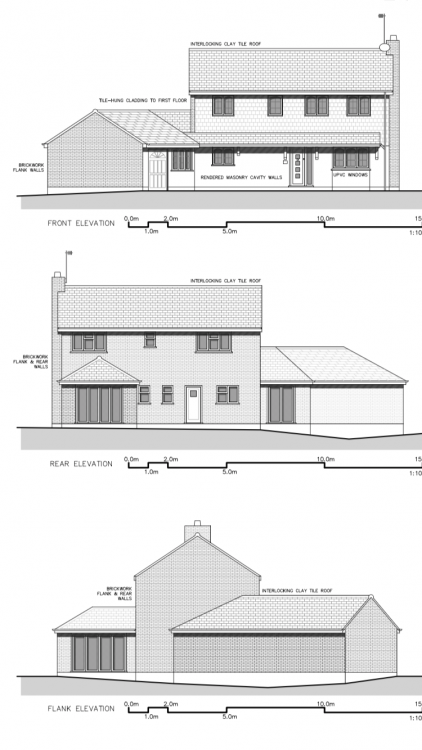Search the Community
Showing results for tags 'foundations'.
-
Hi all, I have already posted a similar question in another forum but I decided I'll ask here as well. I would like to get to know as much as I can about building houses and extensions etc. I am looking for the most comprehensive resources (mainly books) that are available on the market. I want to learn as much as I can from arriving on site and clearing the site, digging the foundations, the civils, the waste, the storm water, the water connections, pouring the foundations, the rising walls, floor slabs, blockwork, brickwork, dry lining, skimming, plastering, plumbing, electrical, joinery, roofing, and everything in between. Any recommendations?
- 6 replies
-
- books
- house building
- (and 10 more)
-
Good evening all, needing some suggestions for companies that could help us carry out the following works, highlighted yellow in the picture? We are based on the Isle of Mullull
- 5 replies
-
- foundations
- newbuild
-
(and 1 more)
Tagged with:
-
Hi all, We have got planning for an offgrid 2/3bed strawbale house in Mid-Devon which we are aiming to be near passive house standard. If anyone wants to look at the plans the application number on the Mid Devon portal is 20/01631/FULL. We are aiming to be cement free so my present dilema is the foundations. I have worked on car tyre foundations before and they were very labour intensive, also not sure on the lifespan of the tyres. we have looked at building on gabions filled with stone but these have a suggested lifespan of 60 years. We have thought about using trenches full of clean compacted 40mm stone with the ring beam for the bales sitting on top but the structural engineers want us build a block wall on top of the stone. I would be keen to here other peoples thoughts especially if anyone has experience with cement free foundations. Thanks, Del
- 17 replies
-
- strawbale
- foundations
-
(and 2 more)
Tagged with:
-
I am in the process of final bits of design on my self build garden office. However I have hit a conundrum and can’t seem to find any advice online as to how many concrete blocks plinths I need for my foundations. The building is to be made from timber as you will see below. How many concrete block plinths to support the base? and how far should each be spaced from each other? My building is: 4211mm x 3188mm These are the two options I was playing with. One with more blocks is what I had before watching a few videos and the one on the right is what I'm now thinking... if it'll hold up! It's just for an office / play room so doesn't need to house extremely heavy equipment. Any advice is greatly appreciated!!
- 15 replies
-
- foundation
- foundations
-
(and 2 more)
Tagged with:
-
Hi everyone My partner and I are in the process of renovating a bungalow, we're flipping front to back and extending the back (bedrooms we're on back and living area on the front). We have completed the front of the house removing chimney breast and putting in new ensuite with the building regs required for this. We're now planning the extension and to save costs I've drawn the drawings myself and will do the planning submission myself. I'm currently considering the building regs side of things. The extension is pretty simple; 5m rectangle on the back of the bungalow bringing out the exisiting roof pitch over it. One of my worries is that the bungalow is adjacent to the neighbours garage (see attached rough photos) - its an odd setup I know! Do you think that I will need to underpin the garage to complete the foundations for the extension? I'm drawing up the party wall agreement at the moment and building regs drawings. Thanks so much in advance. Alex
-
Installing drain/soil pipe through an existing foundation
D2bee posted a topic in Introduce Yourself
Hi All, I have been reading some stuff on here and appreciate the generosity of you all in this community. This is my first self build/major extension project and will appreciate all the help available from all you Knowledgeable and experienced people are out there. I bought a property which the previous owner had commenced a double storey extension project with foundations in situ. However there is need for a ground floor toilet for which drainage provision was not made before the foundation was completed. My question is this: How can the drainage/soil pipe be inserted through the foundation to the manhole (located next to the foundation) without compromising the integrity/strength of the foundation? Any ideas will be most appreciated. -
I would prefer an eps raft/slab but- waiting on planning permission and then turnaround time on a slab design and delivery could be financially crippling- I really do need to ‘hit the ground running’. I have easy access to plant and groundworkers/bricklayers who owe me favours ? for a timber frame bungalow with cladding- no external masonry- has anybody built or seen detail for traditional strip footing with a concrete block plinth and thick eps slab internally? it’s the need to ensure continuity of insulation by way of an upstand linking to the timber frame. https://imgur.com/gallery/QuPdVgC apologies for the sketch quality- I woke early thinking about bridging loans ?
-
Hello. My wife and I are in the process of purchasing some land in Durham. As with most land up these parts, it's been mined, and there is a coal seam 11.5m down, 1m in depth. We have quotes to grout the land, one at 21k and one at 27k, however this is fixed price. Has anyone ever dealt with this before? And what foundations are suitable following this? Just a raft or trench? The bore hole report is attached if anyone reaaaalllly wants to help out ?. Thanks. Fern Meadows Bore Hole Report.pdf
- 5 replies
-
- coal
- foundation
-
(and 3 more)
Tagged with:
-
Hello all, I'm after some help understanding if the following drawing is correct for a timber frame building to sit on. The building is a two-story extension and is to be clad with timber feathered edge, not a brick cavity wall. Any help would be greatly appreciated, Cheers.
- 21 replies
-
- timber frame
- foundations
-
(and 4 more)
Tagged with:
-
As part of our planning we have to keep the external walls of the barn. But, these are single skin breeze block, so we are going to build a 2nd skin with cavity for insulation. My question is, if you are building a new wall then BC look at the trench and onwards. But, as we are only building the 2nd skin do we need an inspection by BC. When I originally spoke to him he said that they only need to look at new walls, but at that time I hadn't appreciated about the 2nd skin.
-
I posted last month about being let down for the 5th time by a builder and wanted some advice on a foundation for the garage foundations. Some great advice was given and I was also given the number of a builder who had down their foundations who worked with H2 garages. I won't name names as it was kind of the person on here to pass me their name. However they came out, promised to do the job in 3 weeks (and contact them when I had moved the relevant hardcore to the area ( I still needed to break some rock which they said they would do) ). I contacted them a week before they should have been onsite saying all was ready (except breaking stone) and got this reply after ignoring a text sent two days previous. By the e By the extra work I meant the stones had to be broken down which they said they would do anyways. What is a kick in the teeth is how he convinces himself that he is not letting me down by telling me he may or may not be available at the end of August even though he has already let me down OK rant over. So does anyone know of a good builder who can do garage foundations and won't let me down? Thanks in advance
- 12 replies
-
- crossgar
- foundations
-
(and 3 more)
Tagged with:
-
Hello, First time posting, so be gentle, and sorry it's a bit long! We have an extension project in planning/just started building stage. For various reasons which I won't go into, I have sacked the structural engineers that were working on our project and am now left with an almost complete foundation design along with some part calculated beams where the extension will join the existing house. I tried, without much luck, to get the original and a possible replacement structural engineer to explain why the foundation design is as it is, and thought I would ask on here to see if anyone can explain to me why I appear to be being dense... (I am a Chartered Engineer by the way so I reckon I have a fairly decent brain, just not a structural engineer). The situation: we have a house that has been extended at various points in the past. The original is mid to late 1700s, followed by a 2 storey extension built we think sometime between 1900 and 1930 (single skin construction, slate dpc and no dpc under the quarry tiles bedded on thin concrete). Tacked onto the side of this part is a single storey extension that I am guessing is 1950s or 1960s - it appears to have cavity walling and a concrete floor, along with modern footings. Summarising slightly, but we are joining a 2 storey prefabricated timber frame extension to the side and above this single storey extension - the ground floor of which will be open plan - hence the current exterior wall will be demolished. The initial engineers designed a block and beam ground floor (clay soil, with trees around 15m away). We had soil analysis done and this recommended depths of 1.95 metres in one corner away from the current house, and 1.4m adjacent to the 2 storey part of the current house (i.e. a spot that is currently inside the house). The foundation design calls for the total removal of the concrete slab and the footings that make up the existing single storey part of the house. As the new footings would then join onto footings that will no way be to modern standards, let alone meeting the 1.4m depth specified by the soil analysis, they have said the existing house will require underpinning, but only where the new footings join the old. I don't understand why we can't keep the current footings and flooring and join onto them. Differential movement has been muttered by both the sacked and the potential new structural engineer, but again I don't understand how the design mitigates this - in fact to my mind it would exacerbate it...? In that if we carried out the design, one wall of our current house would be tied to the new, much deeper footings and at the join points would be rock solid, but surely that same wall would now be at risk of cracking because the footings are not even? And the other walls of the house that range from early 1900s footings (i.e. some, but not deep) to mid 1700s footings (I.e. almost none) could now move at a vastly different rate to the extension and that one wall of the existing house. Surely this will just introduce problems away from the extension? The prospective engineer suggested it is an indemnity issue - is that really it? Does that mean crack in new extension = insurance payout but crack in existing part of house that isn't the new extension = no pay out? Who's risk is actually being protected here??? Or am I missing something?? I look forward to any replies, hopefully someone will help me from tearing my hair out!
- 13 replies
-
- timber frame
- foundations
-
(and 1 more)
Tagged with:
-
Hi, Can anyone offer advice on installing a concrete raft foundation to reg's. This would be for a timber framed single storey annex, lightweight roof. Thanks
- 10 replies
-
- concrete pad
- foundations
-
(and 2 more)
Tagged with:
-
I am in dire need of some help. Quick background info. Originally from England where good builders and tradesmen are plentiful but living here in Nth Ireland there is a scarcity of decent tradespeople. Due to Covid 19 (can't get a mortgage) and the local electricity company charging me £20k+ to move electrical cables underground I am not able now to build a house so instead building a log cabin where we can live over the next few years . Planning was passed for an ICf house and we intend to build it over the next few years when the money comes in (being optomistic here). So far we have had 5 tradesmen (before lockdown) come to the site over the last 6 months and 1 last week come out. I have a pre fab garage ready to go once I have paid the other £5k (5K paid as deposit). Currently I cant get hold of them because they are still shut and no response to phon or emails. Before Christmas we hired a local groundsman to do the foundation. Instead he did everything but the foundation just piling up earth with his digger. He then charged us £1k for what he called rock but turns out it was road waste that should have gone to the recycling plant first. Having 3 young boys I don't want any potentially harmful waste on the site. So after that we tried again. Those that did come out to the land not one got back to us with a quote. Only this morning after 2 weeks did one turn up and say he's off to England to do a job but if we can wait 2 months ? Ok so what i aim to do next is post the job on a site like find a builder or if anyone can recommend a site? but what I need is a description of what needs done. I would appreciate any advice on how to build a garage in an area which will get waterlogged when the rain comes (see pic). I know I need to build high but how do I raise the foundations up? I have some rock on the land which I can dig out as I have done already. I have attached images of the finished garage along with the foundation drawings by the garage company. Any help / advice would be greatly appreciated.
- 27 replies
-
- foundations
- garage
-
(and 2 more)
Tagged with:
-
So finally managed to update the blog. Seems like nothing happened , but a bit of progress still. Now just have to get this monstrosity past Building Control . Challenging task but I will manage. As always. I can tell I will not become a Groundworker in this life . Or the next. http://tintabernacle.blogspot.com/2020/05/rc-beam-or-ringbeam-preparation.html Here are some entertaining pics from this : Above ground shuttering takes a bit of timber Give over - it s gonna be inside a pile of concrete anyways ? Let s just assume this will hold.
- 3 comments
-
- 3
-

-
- diy
- groundbeam
-
(and 3 more)
Tagged with:
-
I have a Victorian terraced house in London W4 and I want to fill in the L shape of the ground floor so as to create an extension/conservatory. I want to emphasise the conservatory aspect so that I don’t have to apply for planning permission and building control, but I want to have a good, solid floor with insulation and under floor heating. The area to be filled in is 5 m long by 2 m wide with solid foundations to either side. The ground is 250 mm below the floor level inside the house. At the moment there is an inspection chamber for the drain, but I want to get rid of this and have a rodding eye outside the new conservatory. I would like to be able to do it all myself. What is the cheapest, least hassle way of doing it? Thanks.
-
Hi guys, I'm looking for some advice and example foundation and slab detailing for timber frame construction. This is what I have in mind so far. Foundation: 300mm of concrete (my soil type is hard ballast) Single 140mm block up to DPC Start of TF construction with 145mm sill plate Slab: Hardcore Sand 60mm floor grade insulation 150mm RC slab 65mm screed One more important detail is that the new construction is set 135mm below ground level, so the internal first floor level is below the external ground level. What options do I have here with regards to the foundation? I can see two options. Dig a trench around the building around 375mm so the exterior ground does not come in contact with the house, and maybe add in a french drain. Have a higher DPM to external ground level and add some insulation to cope with the external ground being in contact with the foundation above first floor level. Any thoughts and comments very much appreciated as always Cheers!
-

What constitutes the START as regards to Building Regs?
Ed_MK posted a topic in Building Regulations
hi, Probably obvious this one ...but i don't know the answer Currently i m waiting for my timber frame supplier to finish and give me the Building Regs document for their bit ...ETA 4 weeks I am in process of drawing up the sewage and services layout for my bit ...ETA 1 Week My foundation company say they NEVER do them and the "setting out drawing" and the "load calcs" (from the frame company will suffice All seems to be tickling along ... Although I just got an email saying that the although the foundations are going in about 4-6 weeks, the foundation company are going to crack an entrance by removing bushes (as currently there is none) , start grading the land and dropping some hardcore in there in advance of the Foundation and frame vehicles Am i silly in thinking that Building regs should be already FILED by the time work starts ? or does the above not count as WORK ? I dont want to be accused of breaching some law or other ?!?- 17 replies
-
- building regulations
- building regs
-
(and 1 more)
Tagged with:
-
Dear All, Although we have a structural engineer on this, i would really appreciate any suggestions that i can put to him. We are putting together detailed design drawings for the tender process. There is a main trunk sewer running front to back under my property. Thames water will not allow building within one metre of the sewer, so all my house plans involve the flank wall of the house running parallel to but a metre from the sewer. We are constrained on the other side of the plot and so can't move the house further from the sewer, all we could do is make it smaller which creates significant delays, adds additional costs and might require planning permission - which I'm sure we'd get but I'd prefer to not have to start again and lose a year, nor do I want to make the house smaller. The issue is that the main lank wall does not sit at the edge of the foundations. The proposed trench foundation is 2.4 metres wide, with the wall centred on the middle of the pad. (it's a heavy house so I think the structural engineer requires a pad of this size). The wider foundation defines the closest point we can be to the sewer and so the wall if central to the pad has now moved 1.2 metres further away (minus the thickness of the wall). We could potentially pile just down that side but if piling the minimum distance increases to 1.5m. I'm wondering if there is any alternative type of foundation for a very heavy house with a 225sqm foot print that will see the outer walls sit right at the edges of the designed foundations. Any suggestions would be greatly appreciated. Thanks in advance, Adam ps. I'm trying to keep cost down, but at the moment I'm just hoping that there is a solution rather than worrying too much about how much it will cost.
-
So here's something we found in the ground when levelling our site ... an old swimming pool. I said "under the house" in the title, but it's only under the ground surface level by inches and therefore a basement leisure area is not an option. As it falls half under and half outside our new house's footprint we have a problem. What do we do with it? Remove it all and pay for the concrete to be taken away say. 4 loaders + 1 or 2 days labour Put a metal deck on top and moth ball it. c. £2k materials + 2 days labour. Expensive and doesn't achieve a great deal Fill it in with hardcore and pretend it's not there. Cheap; we have loads of hardcore. Raft foundations will go on top. But will this be safe? We could create a 3m x 2m x 1.25m high wine cellar beneath the kitchen, but I'm trying to guestimate costs and I think it will be thousands of pounds. The glass hatch alone is £2k and that's assuming MBC can work their foundations around this. Has anyone experienced anything like this before? and / or, can anyone offer any other solutions? (nice answers only please ?)
- 23 replies
-
- structural
- foundations
-
(and 1 more)
Tagged with:
-
We are just about to begin the planning application for our new house, had a positive pre app response from senior planner on design so fingers crossed for the next three months. Plot is in a high clay area solid for at least 2 meters deep if not more with a hefty load of flints for good measure. Plenty of trees and hedging on site also, hawthorn, plum, pear silver birch so foundations and slab are going to be interesting. Which frame company to go for, what heating style, windows etc. plenty of decisions to make if planning goes our way so will be looking through the posts for help on the way. Anyone else building in Nottinghamshire around Newark or Southwell? Chris
- 9 replies
-
- timberframe
- clay
-
(and 2 more)
Tagged with:
-
Foundation design for Durisol - help!!!
MattButt posted a topic in Insulated Concrete Formwork (ICF)
Hi all, A bit about our project - we have planning permission for a large-ish double storey side extension for our house in Hertfordshire. There is a single storey infill extension (block and brick) that I built in 2014, attached to and converted one of two detached double garages that were already there. I’m at the stage now where I’m researching different build types for the extension and am really drawn to the ICF and SIPs style of build, particularly Durisol. The problem I’m having is finding a structural engineer that isn’t going to charge me an absolutely fortune (£8000 the first quote!!) for an existing foundation review and design of a raft foundation so if anyone can recommend a good structural engineer with experience of ICF in particular I’d be eternally grateful!! I really get the impression that the professional services see that you’re a self-builder and add a zero onto their quote!! I’ve attached the existing and proposed elevations and the ground plan that shows the existing foundation make up. The existing flooring on the plan that shows the Family Area is block and beam, the kitchen and garage are a concrete slab on strip foundations and the utility area is proposed ie. hasn’t been built yet!!Any advice would be really appreciated!! -
Our site is bordered by a wiggly little rural lane and so there's no chance of taking a reference off this for the location and layout of the new build. The groundworker needs to dig out for the piling system as well as the slab foundation so I need to make sure that everything is the right size and in the right place. I'm assuming that I need a surveyor to do this, which will cost me a few quid, unless anyone can come up with a genius, money-saving alternative. Also, do I need them to set out in 2 stages, i.e. first for the piles, then again for the foundations?
- 28 replies
-
- setting out
- foundations
-
(and 2 more)
Tagged with:
-
I am now looking at my second plot but the soil survey (from by the vendor) is rather intimidating and scary. I could do with some calming down and some advice. plot is near rectangular 13m by 19m soil: sand and gravel 0.15m to 1.35m depth underlying Gault clay groundwater below 2 - 2.5 metres depth the site has two major trees. "Live roots were recorded within the boreholes to depths between 0.90m and 2.80m " Foundations recommendation Sleeved piles Driven piles not possible because of proximity of neighbouring buildings "Single 300mm diameter bored piles, installed to 10m and 16m depth at the locations [… ], would have estimated working loads in the order of 170kN and 310kN (FoS=2.5). Different pile lengths, or diameters, from those detailed above would give different available working loads, which could be tailored to suit the working loads required. A piling specialist should undertake final design of piles." Floor slab "The floor slab for the proposed structure will need to be suspended on the piled foundations, in order to avoid differential settlement between them. As the floor slab will lie within the range of influence of mature trees, and desiccated clays are present, the ground floor should also be separated from the underlying soils by a sub-floor gap, as indicated in Table 7 of the above cited NHBC Standards." This all sounds firghteningly expensive and as I read it I thought of the phrase "you're not out of the ground until you're out of the ground". What should I make of this? I have not made an offer on the plot as yet but I suspect that this should impact the price. I would be happy to ping the full report to anyone who'd be willing to give me some advice.
- 20 replies
-
- soil survey
- piles
-
(and 1 more)
Tagged with:
-
So my drains and Radon sump are in position under my insulated foundation slab. I’m now thinking of what else I should install under there, I’m thinking a duct for a power cable and a duct for a phone cable. So is there anything else I should consider installing before it’s too late?
- 5 replies
-
- foundations
- drains
-
(and 1 more)
Tagged with:


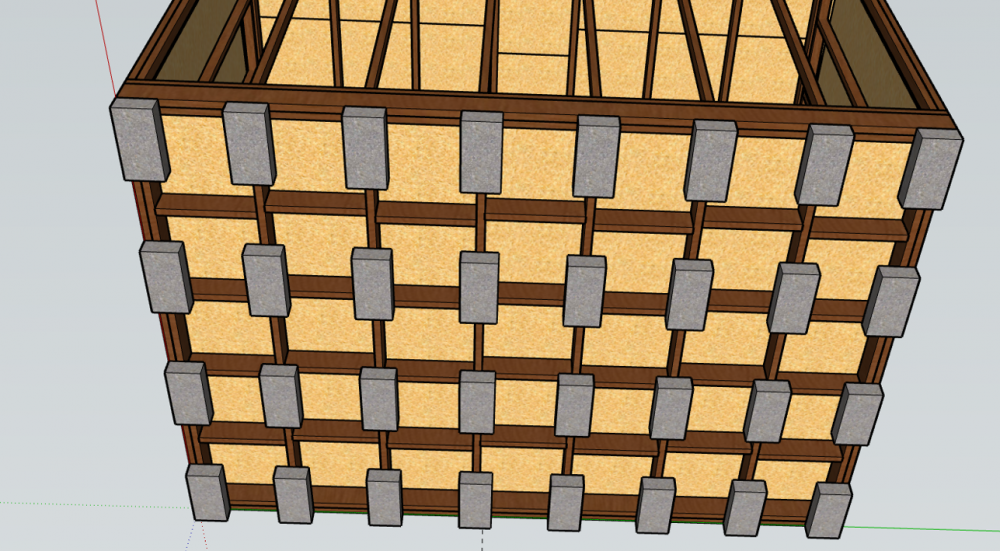
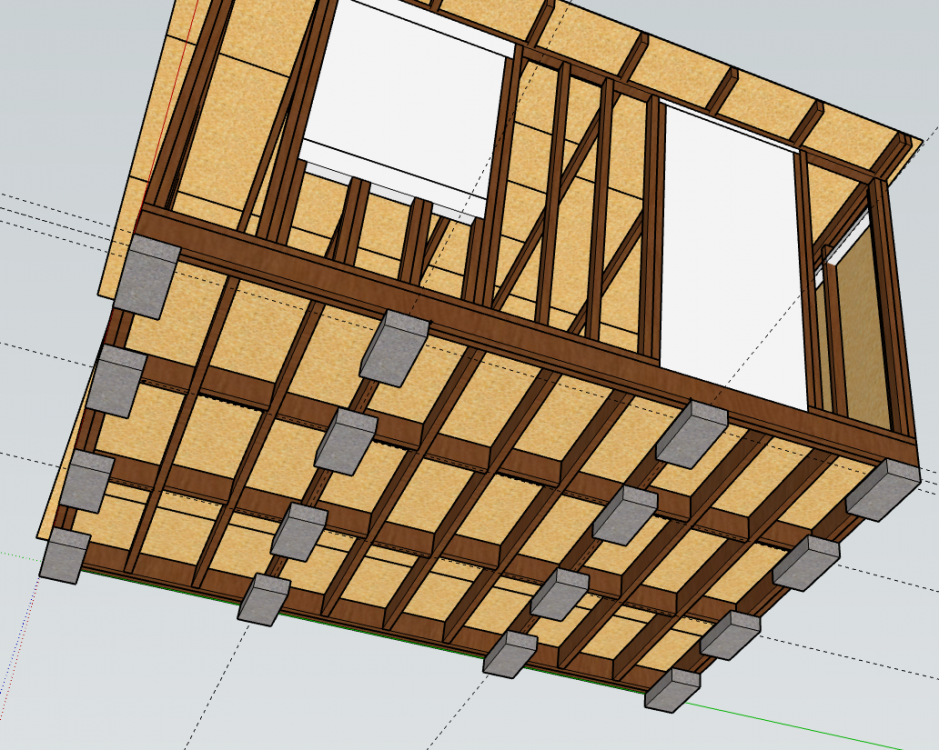

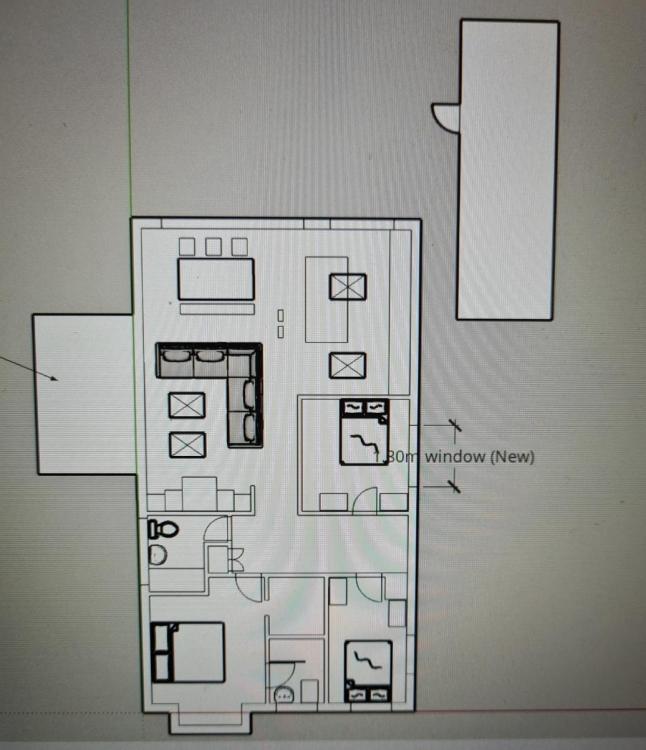


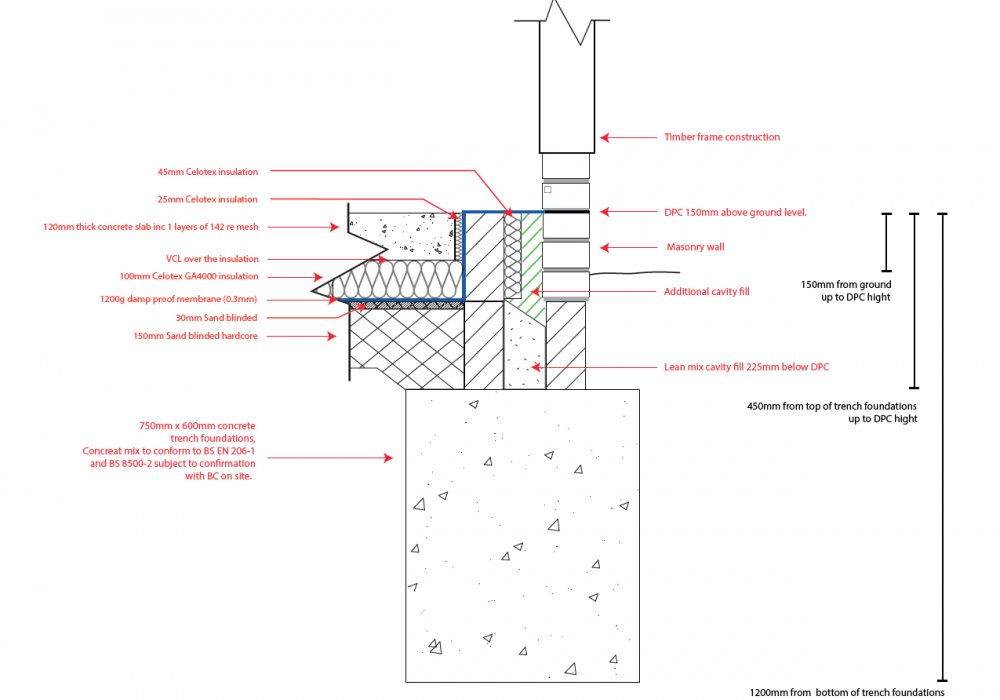


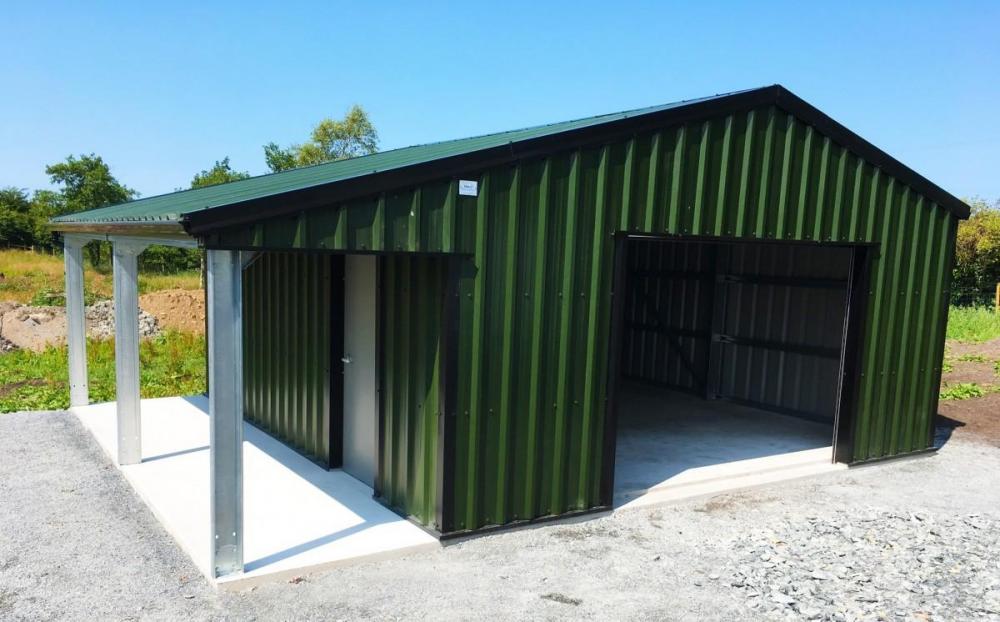
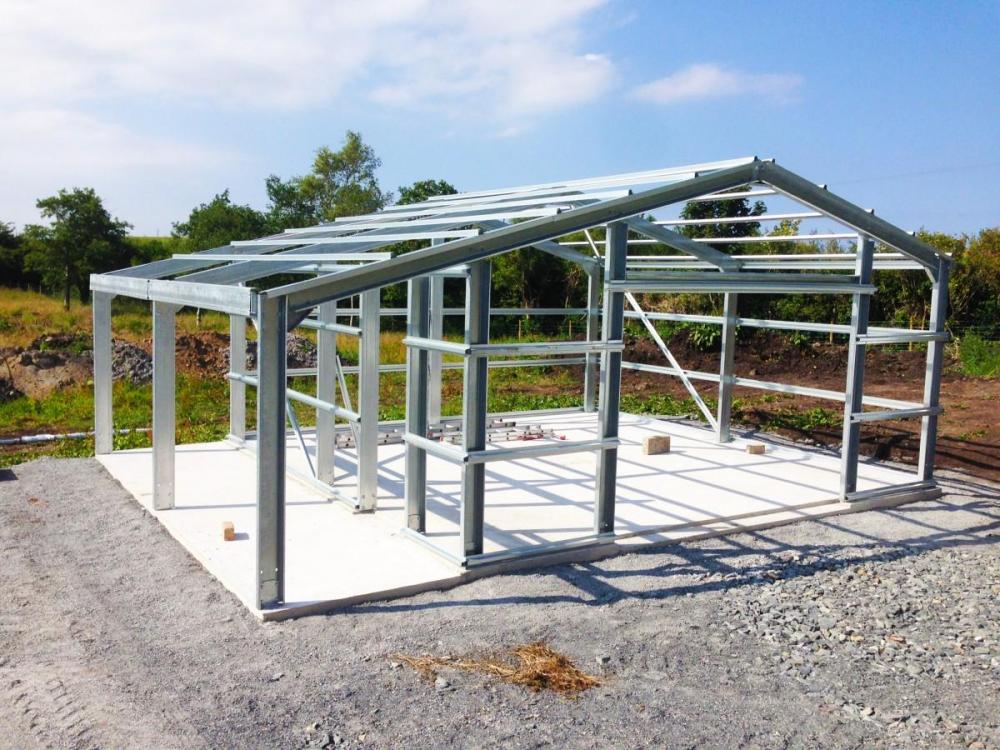

.thumb.jpg.86f6777bc83723d8a9b8c67eb5e9e363.jpg)
